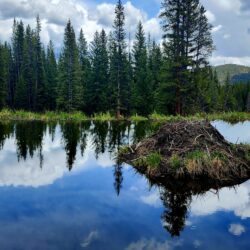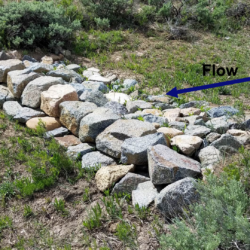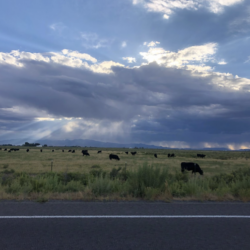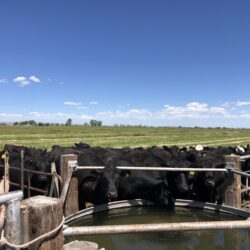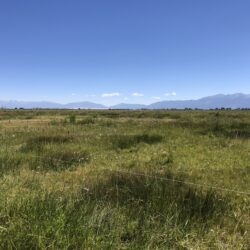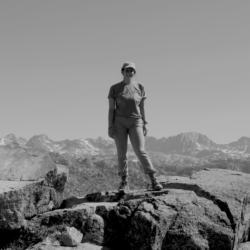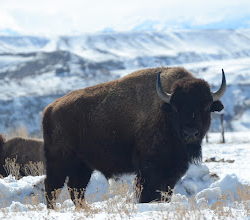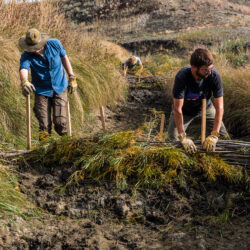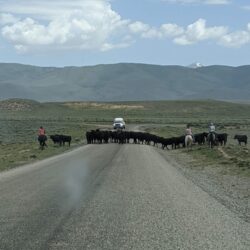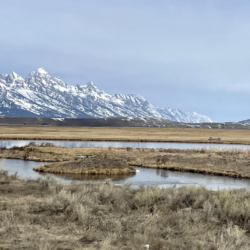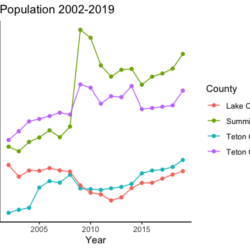Muddying the Water—Alex Wells
Let’s say that you live in northeast Nevada and ranch a stretch of sagebrush watered by a small cottonwood-lined creek. Or that you make your living from your senior water rights and an orderly orchard of fruit trees in western Colorado. Or that you grow alfalfa just north of the Gallatin Range in Montana, your Read more about Muddying the Water—Alex Wells[…]

